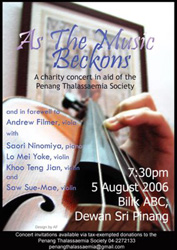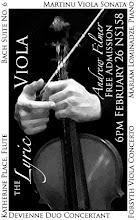The Problem
Many teachers and students alike like to check bowgrip while holding the bow in the air without any support. While the bowgrip can eventually be shaped to look like what we think bowgrips should look like, they become very inflexible. That’s where scratchy sounds on the violin come from, together with arm weight.
James Reel in Strings Magazine, with reference to a book by Eden Vaning-Rosen, mentioned that holding the bow like that makes the little finger press down harder, creating tension that spreads through the rest of the wrist and arm.

The blue arrows indicate the natural way gravity moves the bow, and the yellow arrow shows the pressure the little finger uses to counter this to keep the bow straight.
Sometimes I feel that it doesn’t always start at the little finger and move onwards – rather the whole fear of dropping the bow tightens the whole wrist at once. However, whichever way this happens, the result is the same: a tight bow arm.
The Solutions
Vaning-Rosen gives few suggestions, including:
1. Making a fist, and then releasing the fist to feel a “spring” in the fingers. This seems similar to Ajarn Choochart’s exercise mentioned in an earlier posting on tone production.
2. Working on the release of tension in the fingers after a staccato stroke.
Last year’s Sayowe orchestra conductor Christoph Wyneken, a violinist who has played with the Berlin Philharmonic suggested an exercise with waving a piece of paper:
 3. The two dark blue arrows show the areas to watch for - that the paper does not become bent while waving it. The light blue lines show that the paper does not change shape.
3. The two dark blue arrows show the areas to watch for - that the paper does not become bent while waving it. The light blue lines show that the paper does not change shape.There’s also the rather obvious solution of not holding the bow in a horizontal position without support, especially for beginner students.
 4. Allowing the bow to be held at its point of natural balance allows the student to slowly build up the strength of the little finger, and separating this from an immediate tightening of the whole wrist.
4. Allowing the bow to be held at its point of natural balance allows the student to slowly build up the strength of the little finger, and separating this from an immediate tightening of the whole wrist. 5. There's also just holding the bow upright.
5. There's also just holding the bow upright.6. Also, a challenging but important area is keeping the muscle under the thumb loose, a point mentioned by Mr Lim Soon Lee, violist and conductor of the Singapore National Youth Orchestra.
7. An exercise I use with my students is holding a pen with the proper bow grip, and very slowly letting go. One second before you think that the pen is about to drop, say “NOW”. Many find that it’s still another five seconds before the pen actually drops – meaning that we have four seconds of unnecessary pressure.
8. Another exercise I recommend is having two baskets at home, one empty and the other filled with either uncooked eggs or tomatoes. Very quickly move all the items from one basket to the other, checking that none of the eggs are broken, and that none of the tomatoes have finger marks or bruises.






No comments:
Post a Comment